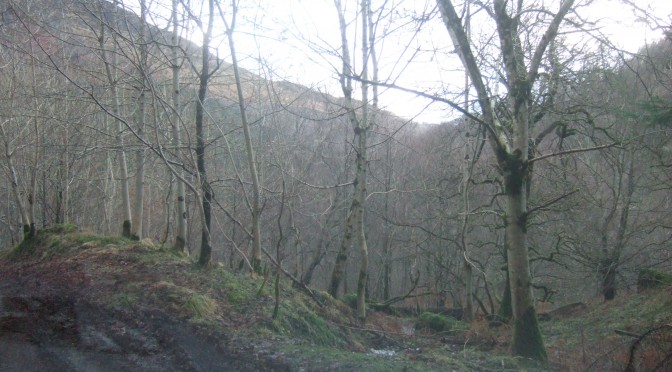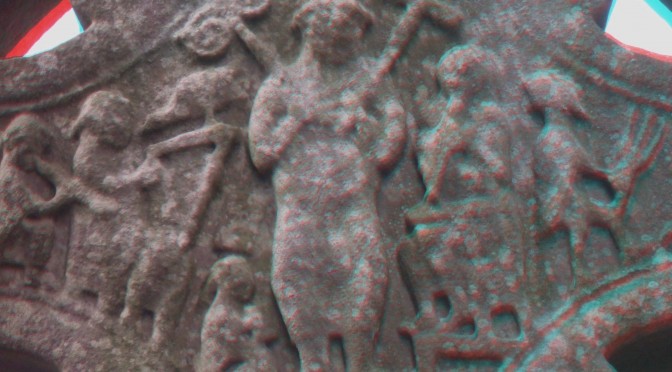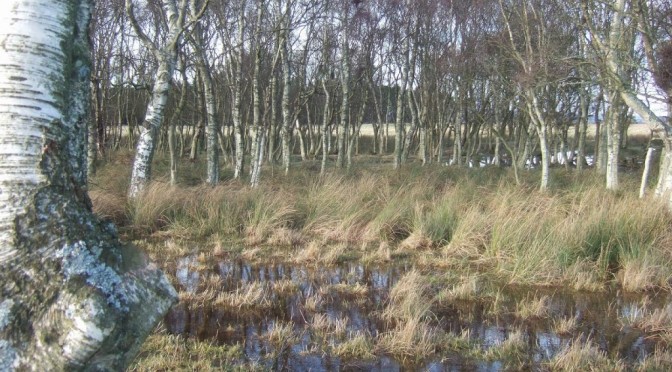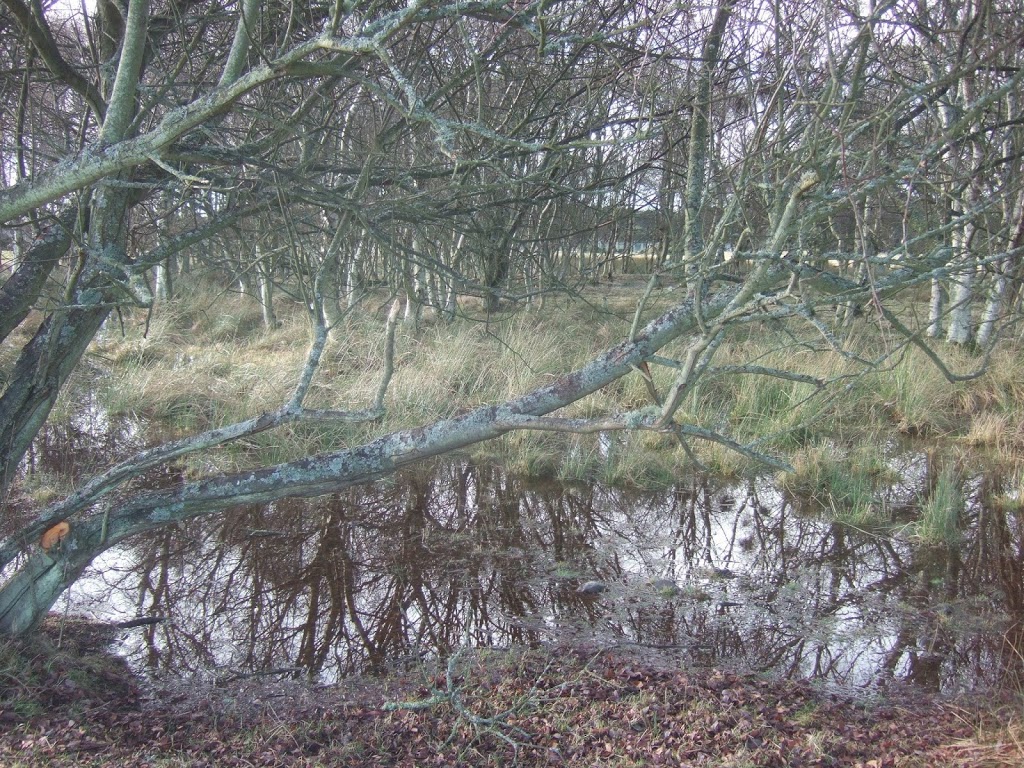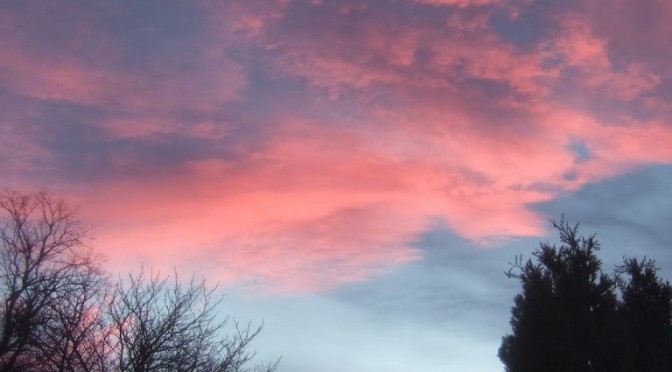Patrick Byrne explained to the collector, John Bell, about the unison strings on a Gaelic harp which are called na comhluighe, or the sister strings:
The open on the bass string of the Violin is one of the Sisters on the harp. The next string below on the harp and it, were tuned in unison, for which reason they were called the sisters. These two unison notes are sometimes called, and in ancient times were called, Ne Cawlee – or the companions. Afterwards they were called the Sisters.
The harp is tuned to the Sister note
(John Bell’s Notebook, cited in Henry George Farmer, ‘Some Notes on the Irish Harp’ Music & Letters vol. XXIV, April 1943)
But did Byrne actually use na comhluige on his own harp?
Continue reading Knowing about na comhluighe, but not using it?

